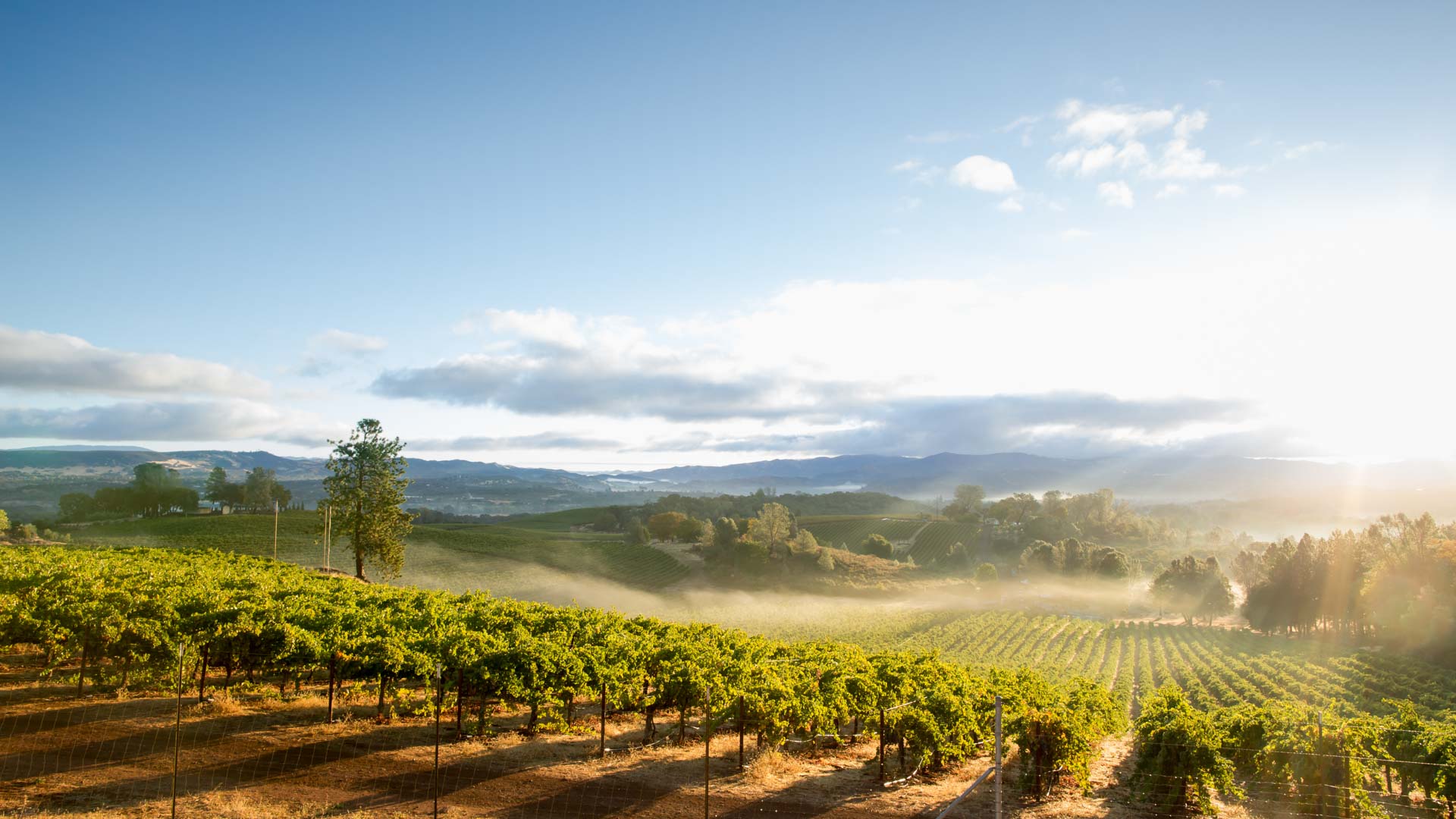California is made for road trips. An easy-to-navigate network of more than 50,000 miles of good-quality highways and freeways link just about every corner of the state, with secondary routes leading to even more under-the-radar finds. Some of these roads are famous—Highway 1 along the Pacific Coast, legendary Route 66, and Avenue of the Giants (Highway 101 winding through towering redwoods). Some are workhorses—most notably Interstates 5 and 80—getting drivers (and truckers) up and across the state as quickly as possible. But even these heavy-lifters can lead you to surprising destinations.
No matter where you drive, remember the basic rules of the road. Below is a rundown of the laws everyone should know before getting behind a wheel in California, along with a few resources to get the road information you need.
Mandatory Personal Safety Measures
California law states that everyone in a vehicle must wear a seatbelt, and motorcyclists must wear a helmet.
Speed Limits
Speed limits are posted in miles per hour (mph). Generally, the speed limit on multilane freeways is 65 mph, though in some areas it is 70 mph. On two-lane highways, the limit is generally 55 mph. The speed limit on city streets is usually 35 mph, though in residential areas and near schools, the limit is generally 25 mph.
Speed Limit Enforcement
In many area of California, speed limits are enforced by aircraft, meaning excessive speeds are detected from the air by an aircraft you can’t see, then radioed in to a police car which will pull you over. There are also speed-detecting roadside cameras. The best policy is to maintain a speed within the speed limit.
Eyes-on-the-Road Laws
It is against the law in California to write, send, or read text-based messages while driving, and drivers must use a hands-free device when speaking on a mobile phone.
Carpool Lanes
Along freeways with heavy traffic, carpool lanes (also called “diamond lanes” for the diamond-shape pattern painted on the lane’s surfaces) are identified by black-and-white signs that include details on times and days of enforcement (usually during peak rush hour periods on weekdays). To drive in most carpool lanes, you must have at least two people (including the driver) in the car (some lanes in the San Francisco Bay Area have a three-person minimum). Tempted to use the lane when you don’t have the required number of riders? Don’t—fines are staggeringly high, close to $400 in some areas. In the Los Angeles area, carpool lanes may have specific entry and exit zones; adhere to them or you could get a hefty fine for that as well.
Snow Travel
Extreme weather can result in cars and trucks being required to use chains and/or snow tires. At times, it may even cause mountain routes to be closed. Check restrictions and closures before you go.
Drivers Handbook
The California Department of Motor Vehicles (DMV) publishes an online version of its Driver Handbook, which thoroughly explains the state’s rules of the road.
Emergency Help
Report an accident, crime, or unsafe driver by calling 911 from any phone.
